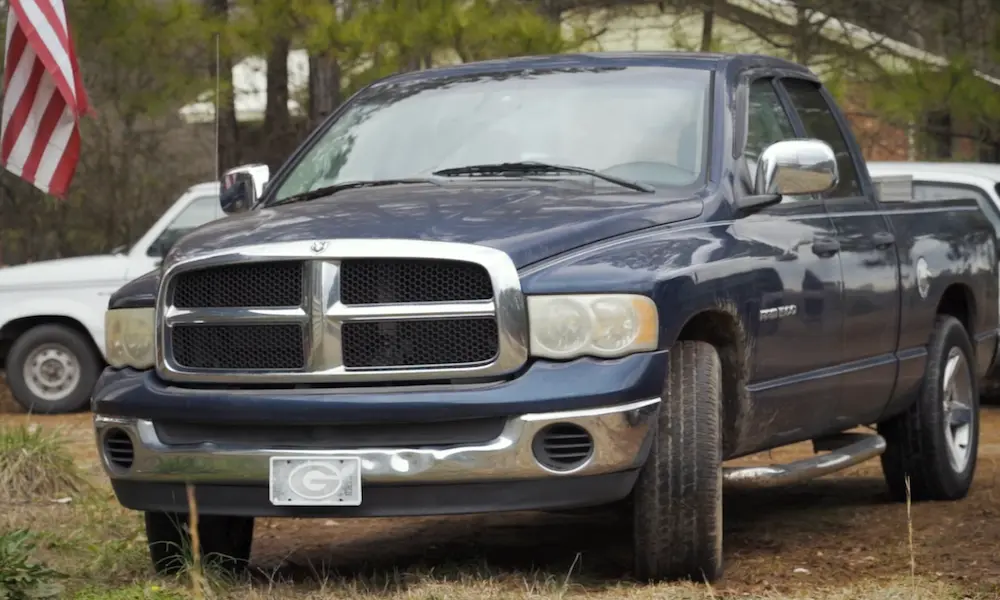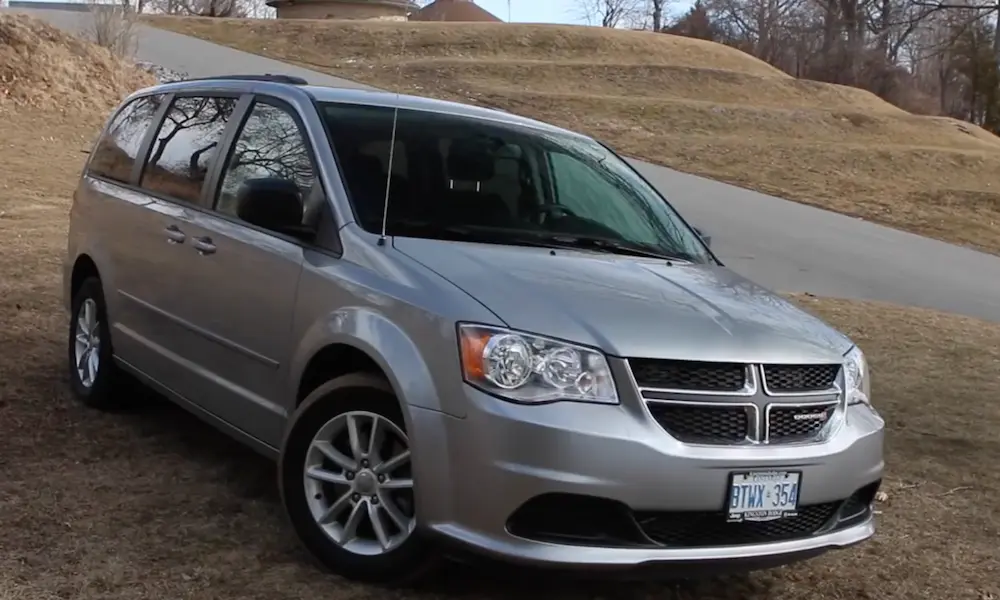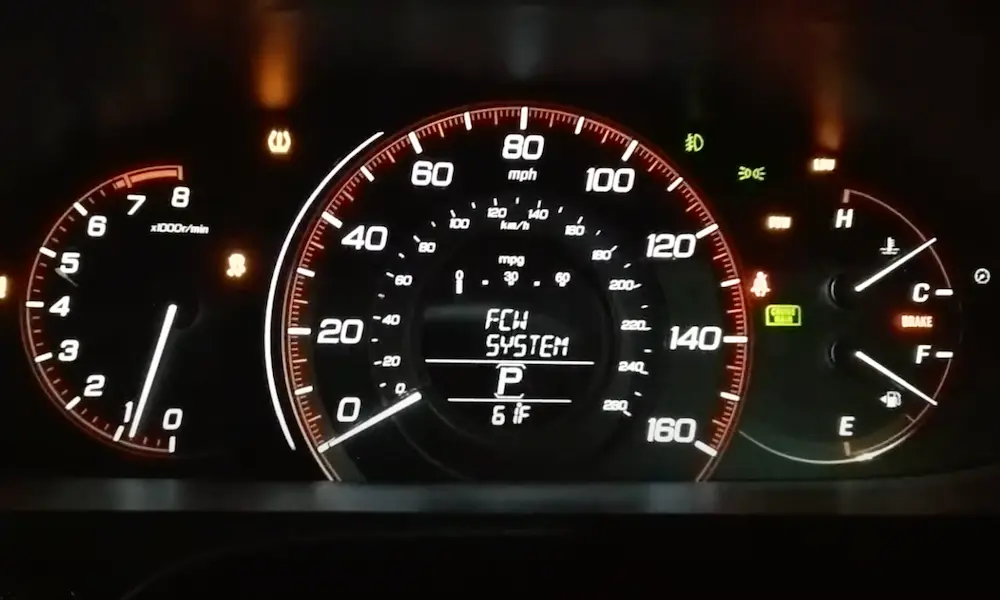Different models of automobiles have particular design flaws they feature. Whether it’s Dodge Journey or Dodge Ram, a faulty parking assist wiring system is a common issue. This might trigger the park assist sensor to fail. When this happens, you may likely see a Service Park Assist System warning message pops up.
Several other factors can cause your Dodge Service parking assist to fail. They include dirt buildup and an internal fault in the car’s engine control unit, ECU. Dodge Service Assist System may seem like something to worry about. Whatever it is, there is a way out. Learning these tips will help with the causes and what solutions to apply.
What is a Service Park Assist System?
A service park assist is an advanced system integrated into your Dodge vehicle to make driving a lot easier. This component alerts drivers when there is a nearby dangerous object in the parking space.
This system, like any other part of your vehicle, can damage or be faulty. A faulty assist parking system indicates a service park assist warning message on your instrument cluster.
Dodge Service Park Assist System Malfunction: Causes
As I earlier noted, two main reasons your Dodge Assist parking system may not work well are loose or failed wires and a faulty park assist sensor. These factors can be triggered by some other underlining issues or interconnected systems and components. But let me first talk about these causes and how you can fix them.
A Failing Park Assist Sensor
When you notice that your Dodge service park assist system isn’t working well, the first culprit is the park assist sensors. The service park assist relies on many ultrasonic sensors. Although their positions vary from car to car, these ultrasonic sensors are typically located in the rear and front bumpers.
What do these sensors do? The park assist sensors help provide a signal to the park assist system. This way, the service park Assist can detect any obstructing or piercing object standing in the way of your vehicle when parking. They can spot and spy on objects more than 4 feet ahead of and 6 feet behind your car.
However, they can damage due to several reasons. One of the causes of a faulty park assist sensor is dirt. By their positions, these sensors are clean and free from dirt, obstruction, or contamination. Dust or dirt can penetrate anywhere in the car. When the sensor is clobbered with dirt, it can neither receive nor transmit signals. This inability to send a signal obscures the ability of the parking Assist to detect objects.
Snow or Ice Pile-up
Another reason your vehicle service park assist won’t function effectively is a snow build-up. Snow pile-up primarily affects your car’s advanced security sensors by obstructing their signal reception and transmission ability. Once these safety sensors aren’t able to determine what is behind or ahead of them, they can stop working. Consequently, the park assist system malfunction message might pop up. Snow buildup around the bumper (or anywhere the sensors are situated) will obstruct the signal.
Wrong or misaligned connections
Again, wrong wiring can be responsible for the failure of the service park assist system to work. There is a set of wires designed by the automakers to work for the assist park sensors. Wires with a low or high current can damage the entire system. The wires must not only be of accurate current but must also not be crummy, loose or misaligned.
Defective Park assist camera
The park assist camera can also hinder or reinforce the work of the park assist service. The cameras ensure prompt detection of parking obstacles. The parking assist won’t work if the camera is impaired, damaged, or obstructed. You may want to find the condition of the parking assist cam.
Dodge Service Park Assist System Malfunction: What to Do
Method 1: Remove and Clean the bumper and sensors
Generally, what I’ll recommend in the case of snow accumulation is cleaning any obstruction around the bumper. You must be careful, however, when cleaning or removing the melting slush dripping from the rear and front bumpers. Never use a shovel because it has a set of sharp teeth that can scratch your car trunk. Don’t use a broom, either. Instead, look for a snow brush; a push broom is an alternative to a snow brush. If you’re dealing with ice, an ice crapper is the best pick.
Once the sensors aren’t obstructed, the park assist system should work. You might want to get rid of any moisture on the car as well. Look out for condensed liquid around the sensors as well.
Method 2: Realign sensors
Sometimes some sensors may have misaligned or loosened during the process of cleaning the snow or servicing your car. What you’ll need to do is to realign and fasten the sensors to their right places. Do not make them too tight to avoid breaking. Unless you can effectively do this, I’ll advise you to engage a professional to handle it. The altitude of the sensor must also align.
Method 3: Replace the impaired sensor
In certain instances, cleaning or realignment isn’t what you need to get your park assist system malfunction out of the way. One or two sensors may have been damaged. A broken, damaged, impaired, or crummy park assist sensor needs a replacement. No more, no less. You should consult a professional on the procedure to replace a bad sensor.
Method 4: Fix the Faulty Wiring Issue
I mentioned the sensor wiring problem earlier. A faulty sensor wiring only needs to be put back in its place. However, before you take action, first inspect the situation around the wiring. Be sure if it is burnt, loose, wrong, or cut wiring. You may only need to reconnect the wires if cut or retighten if loose. However, a wrong connection or burnt wiring may require you to take a trip to the auto service center for a professional look.
Method 5: Avoid chemicals on the wires and sensors
This last method is a preventive fix and you must take it seriously. Don’t assume any chemical is harmless unless an auto professional says so. As a result, avoid applying dangerous chemicals or harmful substances on the sensors or wires.
Method 6: Check the sensor camera
You may also need to check the sensor cam to ascertain whether it’s in good condition or bad. By merely standing and watching the camera panel, you can predict if there’s an issue with the cam or not.
Wrap
Dodge isn’t the only vehicle with a service park assist malfunction. The causes might slightly vary if you drive other auto make, depending on the positions of the sensors. However, a faulty sensor, impaired camera, wrong connections, loose wiring, and snow build-up are the common reasons. If you follow the troubleshooting in the article, you can fix the problem with a DIY procedure. But I’ll recommend you go to a certified technician.














